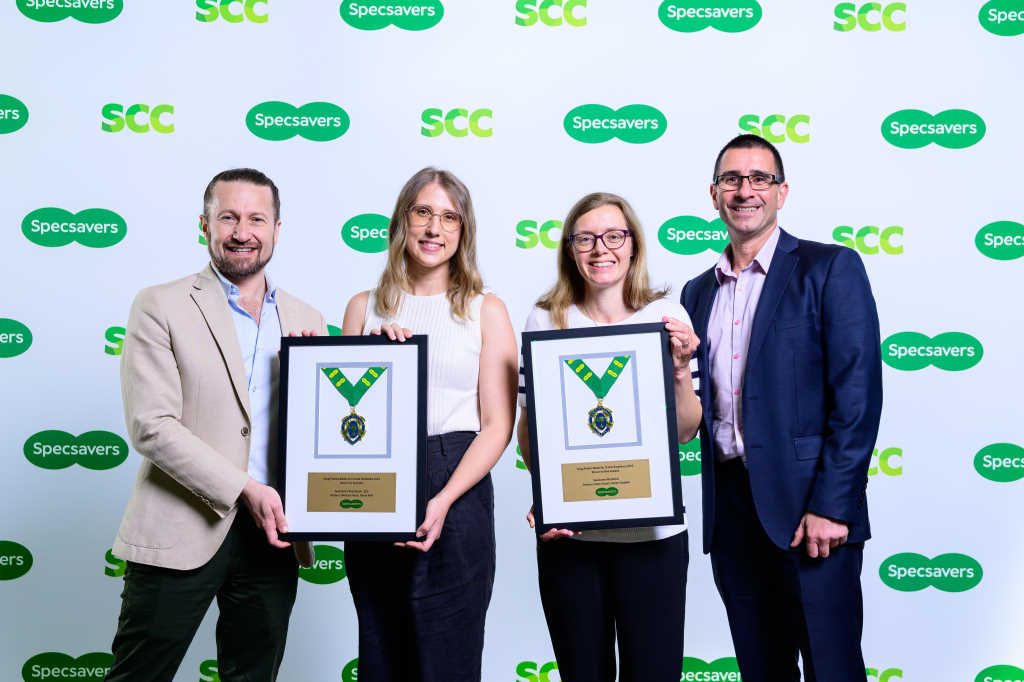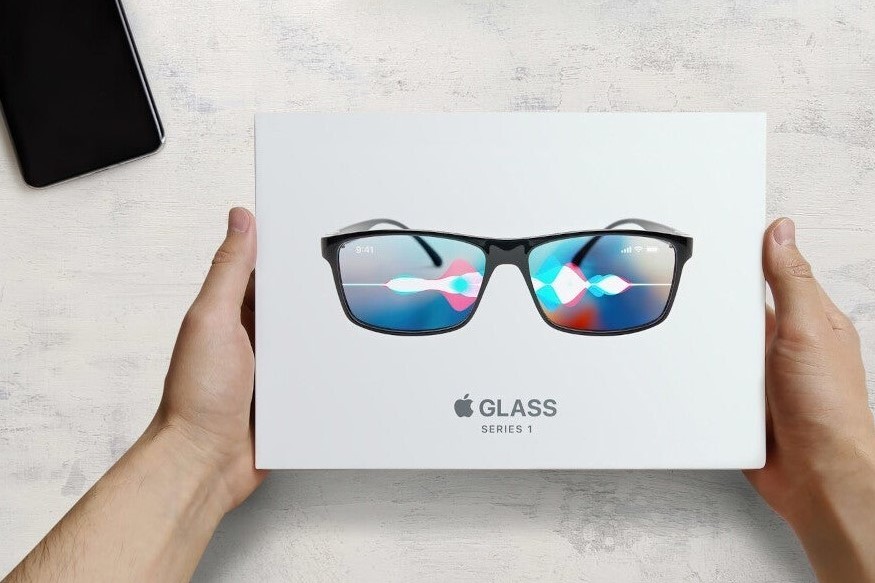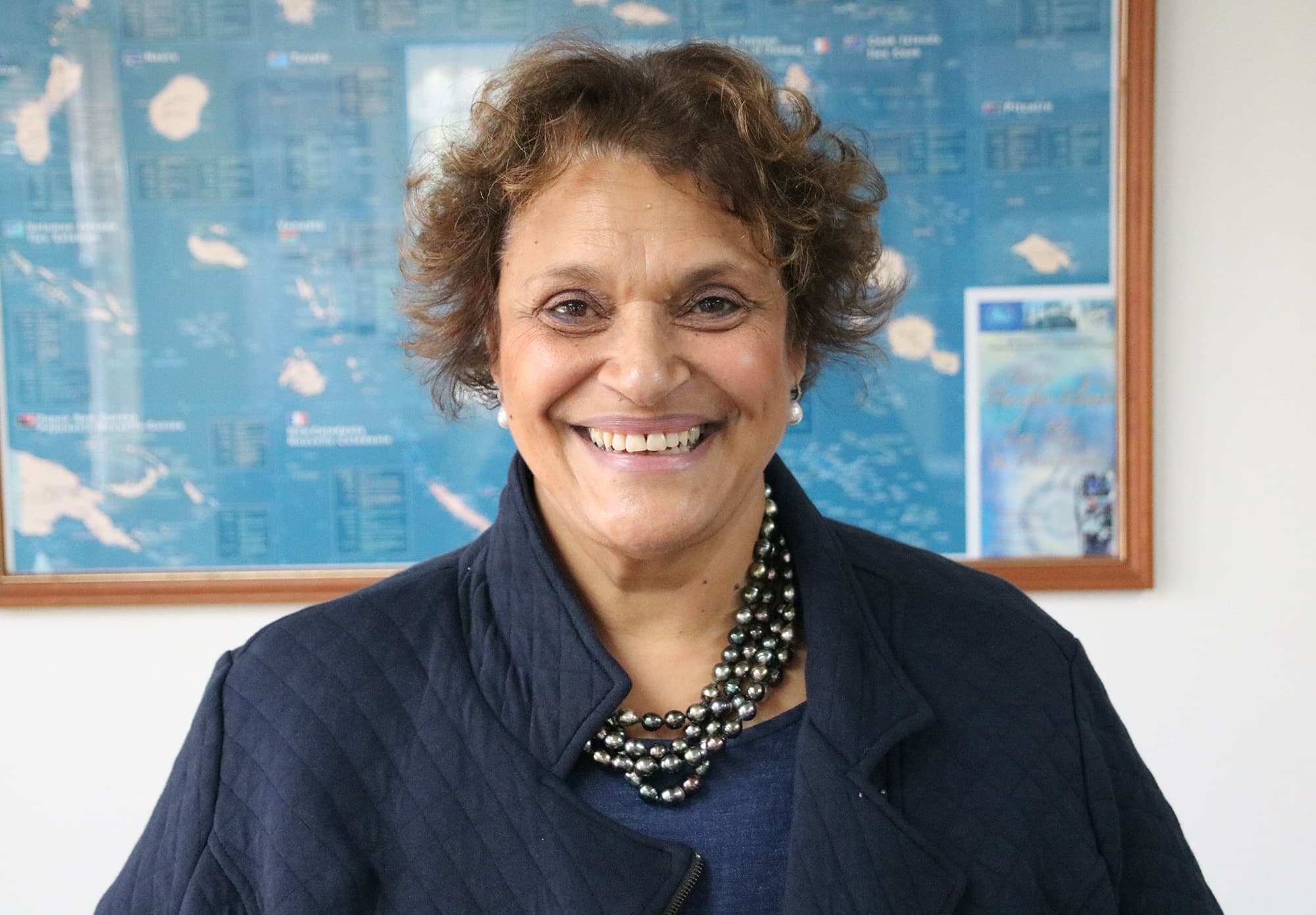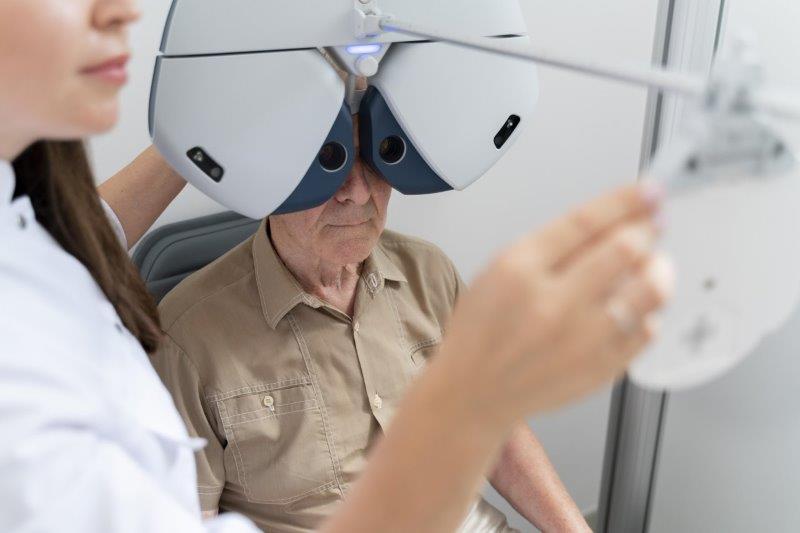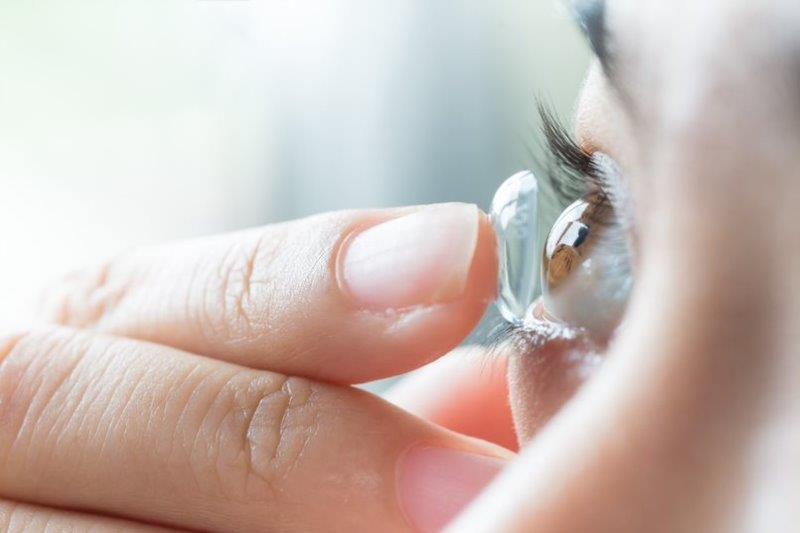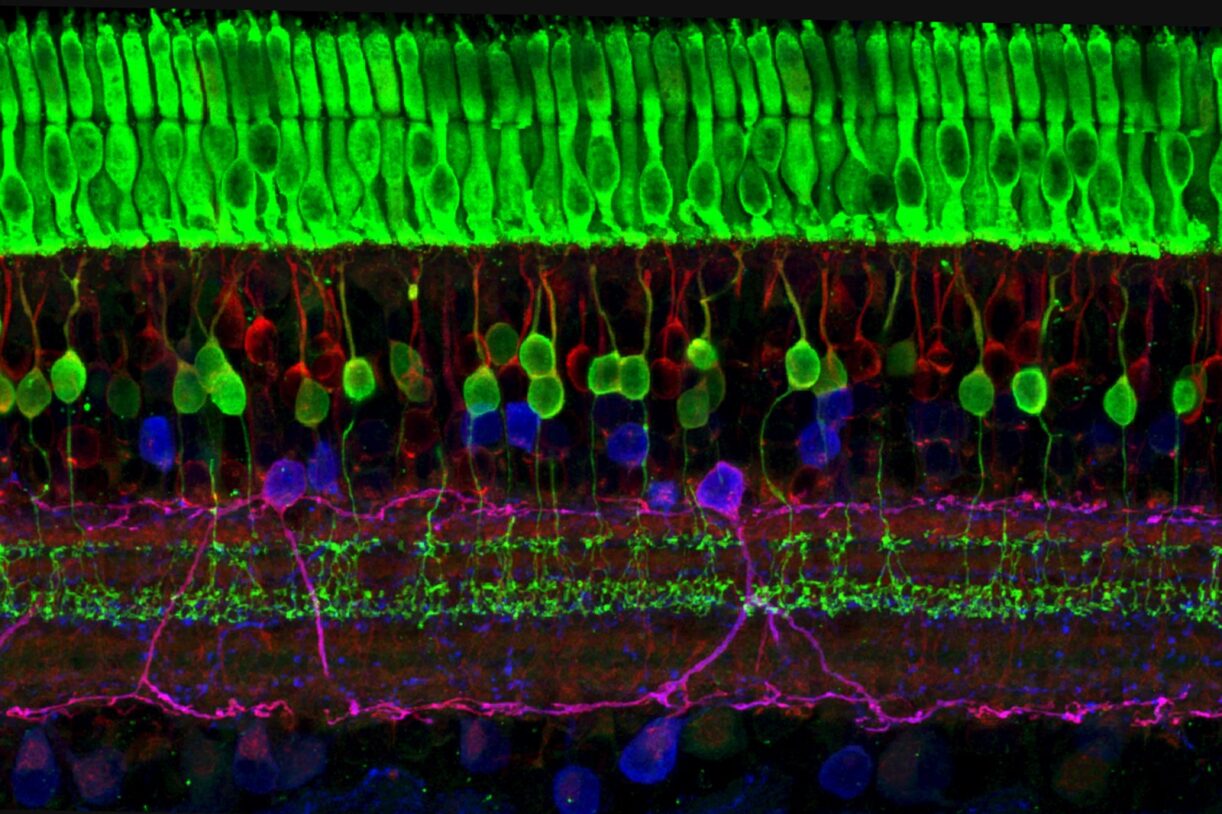SCC 2023: Sydney side pearls and fun!
An excellent weekend of learning at Specsavers Clinical Conference (SCC) at Sofitel Sydney was elevated by the appearance of some ‘celebrity’ guests. Cast as Optom Barbies and Optom Kens in hilarious opening film, Specsavers clinical services director Dr Ben Ashby and team could have enjoyed stellar careers in the movie industry, had they not chosen optometry!
A solid number of New Zealand optometrists joined the 300-strong crowd for the live experience, while a further 600 optometrists across New Zealand and Australia joined online.
Myopia and paediatric dry eye
Following the entertaining intro, NSW paediatric ophthalmologist Dr Rushmia Karim shared her myopia-management treatment protocol. This starts with Hoya Miyosmart lenses and atropine 0.01%, before switching up the dosage, as per the low-concentration atropine for myopia progression (LAMP) study’s protocol. For older, responsible children, or those who play sports, she said she opts for MiSight contact lenses, then, as a last resort, ortho-k lenses. It is important to communicate realistic expectations to parents while encouraging more outdoor activities and reduced screen time, said Dr Karim. “Going outdoors and removing screens from children costs nothing but is the most difficult conversation to have with parents.” In conclusion, she stressed the importance of correcting refractive error to 6/6 prior to starting myopia management.
Sydney surgeon Dr Shanel Sharma then shared several strabismus cases and discussed cataracts, allergic conjunctivitis and dry eye in children. In her clinic, she now sees around six cases a week of dry eye in children. It’s becoming more prevalent, she said, partially because we’ve become a nation of starers, with typical phone-scrolling behaviour reducing blinking and triggering migraine receptors in the cornea. Dr Sharma suggested optometrists look for paediatric dry eye, especially in migraine patients, with careful history-taking and examination. She advised lubricating and retesting, as visual acuity will be impacted by dry eye and could result in the patient receiving an incorrect script.
MIGS vs MICS
After a delicious lunch and perusing the busy trade fair, we headed back to the conference hall to hear Auckland-based ophthalmologist Dr Shenton Chew share insights into glaucoma treatments and candidates for collaborative care (glaucoma suspects, stable and early glaucoma and stable and moderate glaucoma). Dr Chew encouraged delegates to use RANZCO’s referral pathway and ask their ophthalmologist for a specific patient treatment plan, reminding them the goal is to maintain quality of life by balancing disability prevention with the burden of treatment.
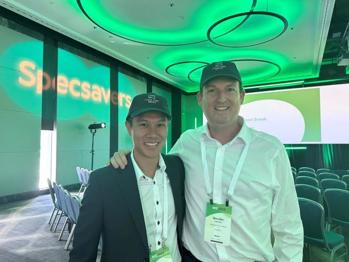
Speakers Drs Shenton Chew and Brendan Cronin sporting ‘I love MICS
more than MIGS’ caps
Next up, Brisbane’s Dr Brendan Cronin delivered a highly entertaining and informative session on keratoconus. He even brought specially made caps labelled ‘I love treating keratoconus’ as prizes for the interactive quiz! He discussed the many exciting treatment options now available, including customised topography-guided crosslinking, minimally invasive corneal/keratoconus surgery (MICS) and corneal allogenic intrastromal ring segments (CAIRS).
Australia is world leading in CAIRS surgery, an updated version of Keraring implantation that only requires tissue from non-viable corneas, said Dr Cronin. A wider range of patients are eligible for CAIRS and, since the surgery involves no tissue removal, it strengthens the cornea. There’s no foreign body reaction, no stitches, patients can still have topography-guided phototherapeutic keratectomy (PTK) and return to work 24 hours later, he said.
However, before treatment starts it’s key to control allergies, said Dr Cronin, which are an independent risk factor for keratoconus progression. His treatment regimen includes three elements: preventer medication, such as Zaditen (ketotifen) or Patanol (olopatadine) twice daily; a reliever medication, such as Zyrtec (cetirizine) or Livostin (levocabastine) up to four times per day, as needed; plus chilled, non-preserved lubricants, also as needed. All keratoconus patients under 25, however, must be referred, he said.
The remainder of the afternoon was dedicated to the posterior eye, with Professor Adrian Fung from Macquarie University Hospital and the University of Sydney discussing risk factors and treatment options for retinal detachment. When optometrists see a patient who’s had a retinal detachment repair, they should look for signs of re-detachment, refractive change, cystoid macular oedema, epiretinal membrane, glaucoma and, if the repair surgery was a scleral buckle, diplopia and extrusion, he said.
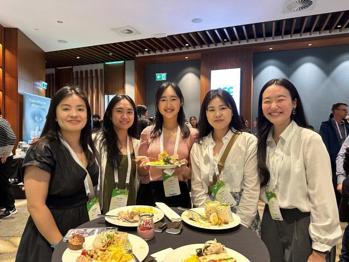
Georgia Cheng, Louise Rivera, Lillian Lei, Jina Bae
and Yeji Kim enjoying the Sydney conference
Dr Lindsay McGrath’s talk, ‘Spot the difference’ focused on posterior segment tumours, with choroidal melanoma being the one not to miss. To help identify and refer melanoma vs naevus, optometrists can use the MOLES mnemonic (Mushroom shape, Orange pigment, Large size, Enlargement, Subretinal fluid). Using the MOLES system, a tumour is given a score from 0-2, where 0 is common naevus and 2 is high-risk naevus/probable melanoma with scores of 1-2 requiring a referral and 2 being urgent, she said.
Sleep apnoea alerts
Day two kicked off with a session on neuro-ophthalmology. University of Sydney Associate Professor Mitchell Lawlor delved into the diagnosis of optic nerve diseases, sharing case studies of glaucoma masqueraders, while Australian National University neuro-ophthalmologist Dr Kate Reid covered optic nerve stroke and blindness. Touching on the less common arthritic anterior ischaemic optic neuropathy (AION), Dr Reid then delved deeper into the more prevalent non-arthritic anterior ischaemic optic neuropathy (NAION), which often presents as painless vision loss upon waking and is associated with sleep apnoea, snoring, a history of alcohol and Viagra use and increased BMI. Treatment includes steroids and aspirin to prevent heart attacks.
Dr Reid said she is passionate about increasing awareness about obstructive sleep apnoea, the most underdiagnosed health problem today, affecting one billion patients globally and 14% of Australian men. For these patients, weight loss is critical but difficult to sustain. Other interventions include optimising airways through surgery, altering sleeping (no back sleeping) and jaw position, and using a continuous positive airway pressure (CPAP) machine. She implored optometrists who suspect sleep apnoea to insist their patients have a sleep study, as it can be a potential sight and life saver.
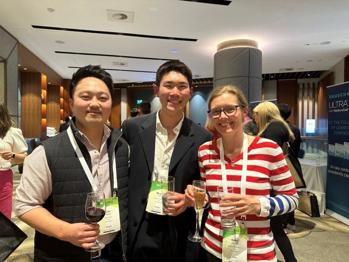
John Kwak, Minsoo Kim and Doug Perkins award winner
Helen Haslett
Lessons in chemistry
The afternoon was dedicated to what we put in our mouths and, in this case, its effect on our eyes. Dr James Muecke, Sight for All founder and 2020 Australian of the Year, prevented delegates from falling into a post-lunch coma with an enlightening and thought-provoking session on type 2 diabetes.
The main culprit behind this largely preventable disease is our modern diet, which is responsible for 34.8% of disease caused globally by ill health – significantly higher than tobacco (6.5%) and alcohol (5.5%) combined, said Dr Muecke. To combat the increasing prevalence of type 2 diabetes, we need to eat ‘real food’ and minimise sugary drinks, refined carbs, seed oils and ultra-processed foods, he said, adding that intermittent fasting, exercise, sleep and vitamin D are also important components of diabetes control, and making lifestyle changes can ultimately help reverse the disease. Dr Muecke highlighted the important role of optometrists in this space, adding, however, that the conversation around diet and the opportunity for type 2 diabetes remission needs to start with the patient’s GP.
Ljubica Bukorovic, a pharmacist specialising in ophthalmology, covered the ocular side effects of systemic medications. Staying up to date with potential medication-induced ocular side effects allows for early detection of ocular toxicity, enabling timely intervention to minimise ocular harm. Bukorovic also encouraged optometrists to get to know their local pharmacist and collaborate on possible dose changes or other interventions when required.
Moving on to anterior segment inflammation, Melbourne University retina specialist Dr Robyn Troutbeck highlighted juvenile idiopathic arthritis (JIA) as one labour-intensive area where optometrists can make an impact. The required four-to-six monthly screening involves a combination of slit-lamp examination, intraocular pressure measurement and age-appropriate visual acuity testing, with identified cases of associated uveitis referred to an ophthalmologist. Management is complex and usually involves co-management with a paediatric rheumatologist, she said.
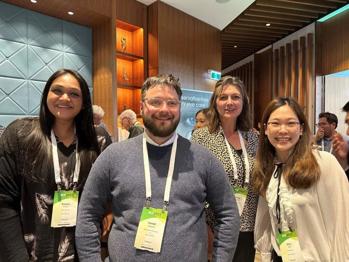
Ravina Patel, Daniel Beech, Alice Kao and Glenda
Stewart
Dr Reid returned to deliver a talk on dangerous headaches and red flags, while University of Sydney Associate Professor Chameen Samarawickrama brought the conference to a close with a session on the therapeutic management of keratitis, recommending optometrists familiarise themselves with the common organisms in their area, their risk factors and presenting features. A/Prof Samarawickrama suggested using a management algorithm for rational planning of diagnosis and treatment. While fluoroquinolone monotherapy (Ocuflox) is effective for the majority of bacterial keratitis, he said, all cases of presumed bacterial keratitis not improving after five days’ treatment must be investigated.
SCC 2023 delivered in spades, combining a great educational programme and socialising, all enjoyed in a lovely setting. Specsavers host, professional development manager Michelle Du, and moderator, professional services head Dr Joe Paul, both deserve praise for a job well done. I’m already looking forward to next year’s event!











